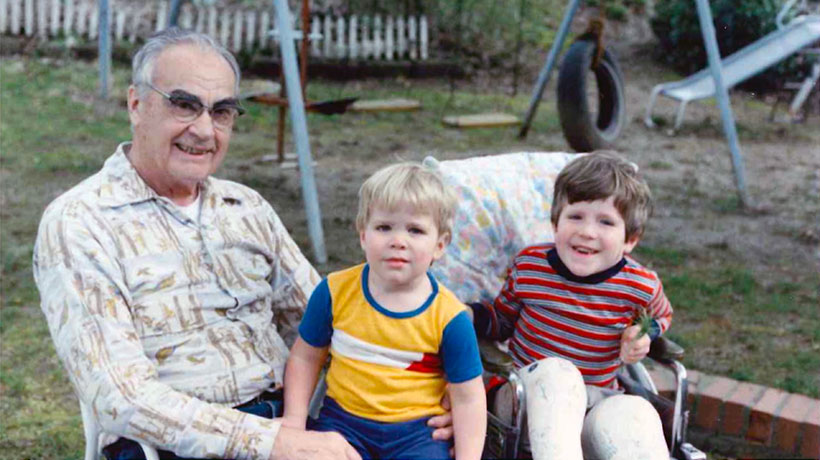If you or another family member has XLH, you’re likely to know which symptoms to look out for. However, if no one else in your family has XLH, it may be harder to spot.
Symptoms
XLH is a lifelong condition that affects children from early in their lives.
A sign that alerts most parents and doctors to something being wrong is bowed legs or knock-knees. Knock-knees are where the knees come together because of outward bowing thighbones, or femurs. Leg bowing happens because children's bones are growing and are much softer than adult bones.
Osteo-’ means bone, ‘malacia’ means softening
XLH causes the bones to become soft and when a child starts walking – between 6 and 18 months – their legs begin to bow under their weight. The degree of bowing varies from child to child, so even if your child is only mildly affected, it’s worth talking to a specialist doctor.
As well as leg bowing, other symptoms of XLH and their severity can vary widely from child to child. For example, it's possible your child might not have bowed legs, but they may experience some of the other symptoms, such as:
- Osteomalacia (soft bones)
- Big wrists and/or knees
- Delayed growth (short stature)
- A waddling gait
- Teeth abscesses
- Bone, muscle or joint pain
- Unusual head shape
Recognising XLH
If you or another member of your family has XLH, you’re likely to know which symptoms to look out for in your children. If you notice that your child’s legs are bowing and if you or another family member had similar symptoms as a child, then it's best to go and see your family doctor or a specialist, if you have one.
If no one else in your family has XLH (as in 30% of cases), it may be harder for you to spot the symptoms. If you think your child may have XLH, discuss your concerns with your healthcare team as soon as you're able.
When to screen
The sooner a child with XLH is diagnosed the better because studies have shown that starting XLH treatment early is associated with better results. Therefore, it’s recommended that at-risk children should be tested for XLH at 1 month and then again at 3 and 6 months of age. The test involves looking at the amount of phosphate in the child’s blood and urine. If the specialist doctor suspects XLH, he or she will probably perform an X-ray to be sure.
Goals of treatment
The goals of treatment in children are to reduce bone pain, to make sure their bones are growing at the right speed, to correct any bowing in the legs and to help heal any bone damage.







